Persona
What is a Persona?
A persona is a fictional character that represents a segment of your target audience. It is created based on research and data about your audience's demographics, behaviors, goals, challenges, and preferences. Personas help marketers and content creators understand and empathize with their audience, allowing them to tailor their strategies and messaging to meet the specific needs and interests of different segments.
Why is a Persona Important?
Personas are important because they provide a clear and detailed understanding of your target audience. By creating personas, you can develop more targeted and effective marketing strategies, content, and products that resonate with your audience. Personas help ensure that your efforts are aligned with the needs and preferences of your audience, leading to higher engagement, satisfaction, and conversions.
Personas also facilitate better communication and collaboration within your team. They provide a shared understanding of the target audience, helping align marketing, sales, and product development efforts. This unified approach enhances the overall effectiveness of your strategies and campaigns.
Best Practices for Creating and Using Personas
1. Conduct Audience Research
Gather data and insights about your audience through surveys, interviews, analytics, and customer feedback. Use this information to understand their demographics, behaviors, goals, challenges, and preferences. Comprehensive research is the foundation of accurate personas.
2. Identify Key Segments
Identify the different segments within your target audience based on shared characteristics and behaviors. Each segment should represent a distinct group with unique needs and interests. Segmenting your audience ensures that your personas are specific and relevant.
3. Create Detailed Personas
Develop detailed personas for each segment, including information such as age, gender, occupation, interests, goals, challenges, and preferred communication channels. Give each persona a name, photo, and backstory to make them more relatable and tangible.
4. Use Real Data
Base your personas on real data and insights rather than assumptions or stereotypes. Accurate data ensures that your personas reflect the true characteristics and needs of your audience. Use both quantitative and qualitative data to create well-rounded personas.
5. Focus on Pain Points and Goals
Highlight the pain points and goals of each persona to understand their motivations and challenges. Addressing these pain points and helping them achieve their goals should be central to your marketing and content strategies.
6. Share Personas with Your Team
Share the personas with your entire team to ensure a consistent understanding of the target audience. Use personas in team meetings, brainstorming sessions, and strategy planning to guide decision-making and align efforts.
7. Tailor Content and Messaging
Use personas to tailor your content and messaging to the specific needs and preferences of each segment. Create personalized and relevant content that resonates with each persona, addressing their pain points and goals.
8. Update Personas Regularly
Regularly review and update your personas to reflect changes in your audience and market trends. Conduct periodic research and gather feedback to ensure that your personas remain accurate and relevant.
9. Use Personas in Campaign Planning
Incorporate personas into your campaign planning and strategy development. Use them to guide content creation, channel selection, and marketing tactics. Personas help ensure that your campaigns are targeted and effective.
10. Evaluate and Optimize
Evaluate the effectiveness of your personas by tracking the performance of your marketing efforts. Use analytics and feedback to measure engagement, satisfaction, and conversions. Optimize your personas and strategies based on these insights to improve results.
By following these best practices, you can create and use personas effectively to understand your audience, tailor your strategies, and achieve better marketing and business outcomes.
For more terms, return to the content marketing glossary and freelance writing glossary.

